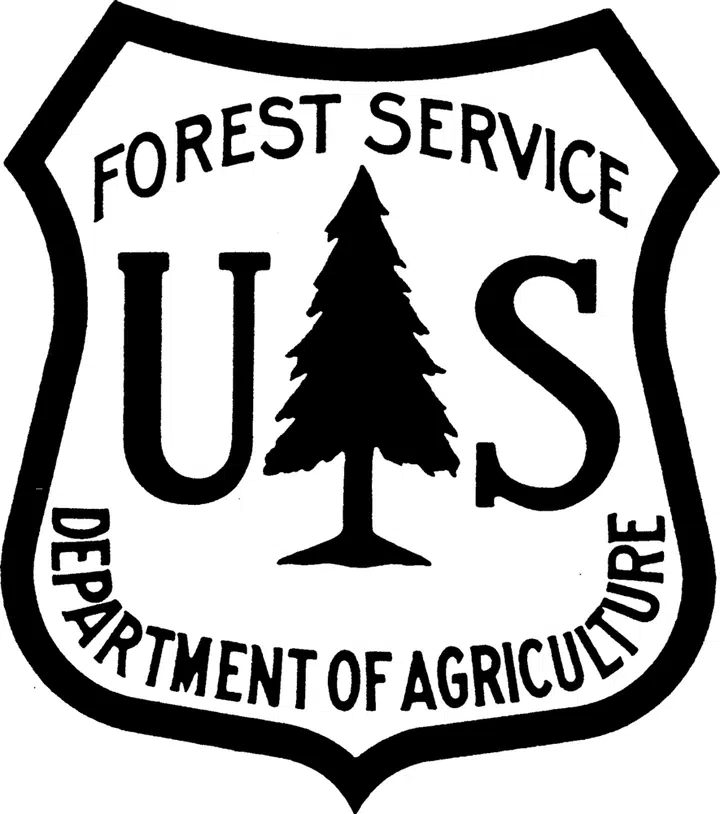
The nursery at the Holden Arboretum takes care of a great number of species. One polyhouse alone currently contains between 300 and 400 species and cultivars. Among all these plants, a great many are native to Ohio, and the rest often offer benefits to butterflies and moths, such as nectar. During the growing season, I try to keep track of the pollinators and other insects that flit in and out of the polyhouses, container area, and lath house. Listed below is a sampling of caterpillars found here in 2022. I selected these six caterpillars in particular as they highlight some of the ways that caterpillars defend themselves from predators, and are less commonly-known than, say, the monarch caterpillar.
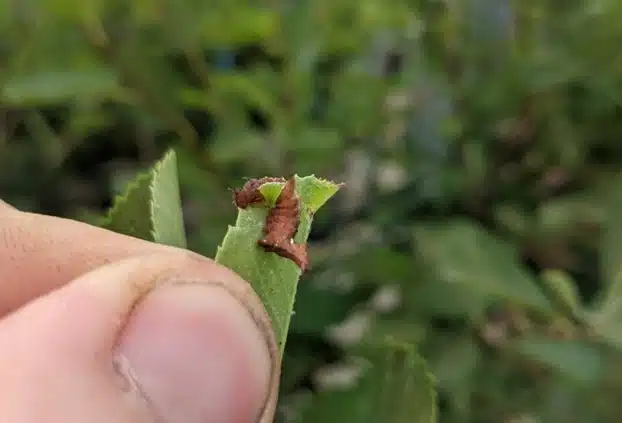
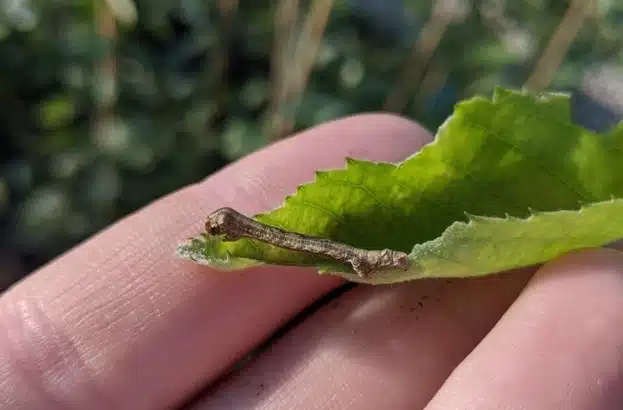
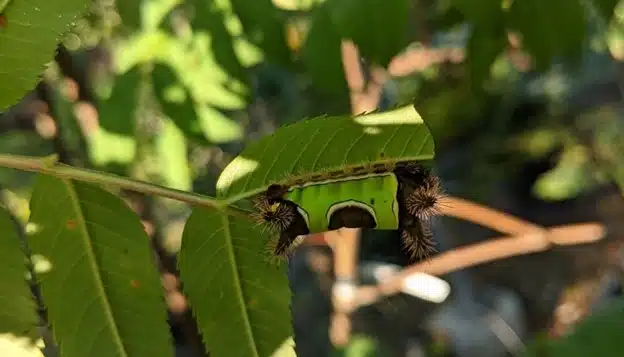
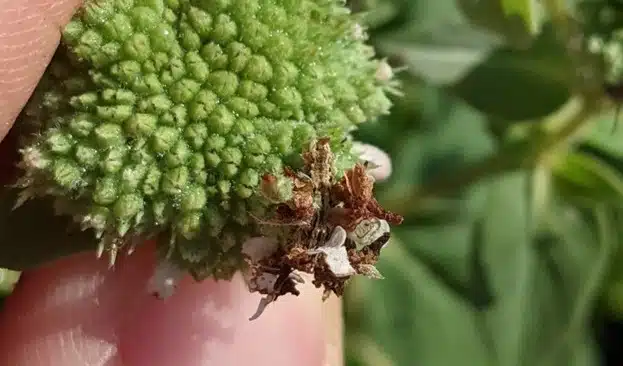
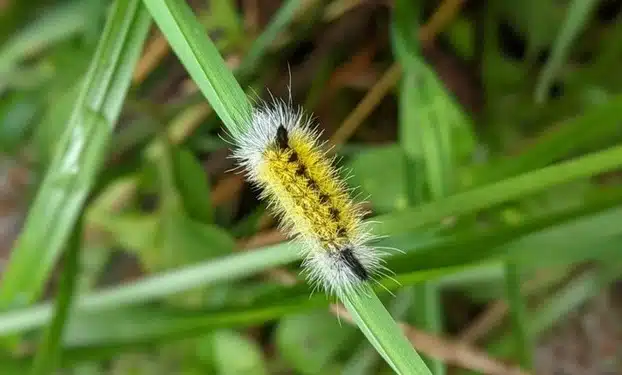
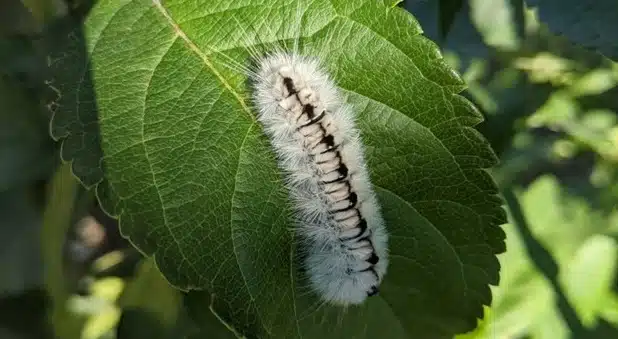

M Onion
Nursery Plant Propagator Grower
M Onion joined HF&G Nursery in May of 2022 as our propagator. She completed her bachelor’s degree in Botany from Kent State University that same year. While at Kent State, M worked in their display greenhouses growing and caring for plants. M has a strong interest in and knowledge of plants, especially native species. For years she has been propagating native plants at home. M and her partner recently purchased a home, and they are excited to have a place to grow all the plants she has been propagating instead of giving them all away.










